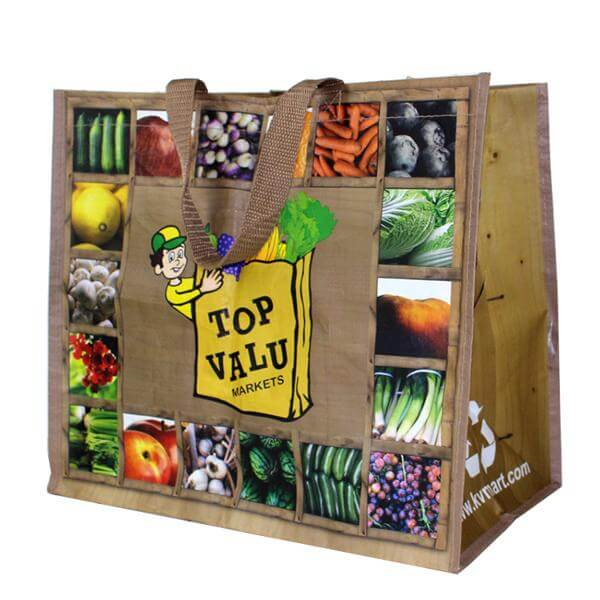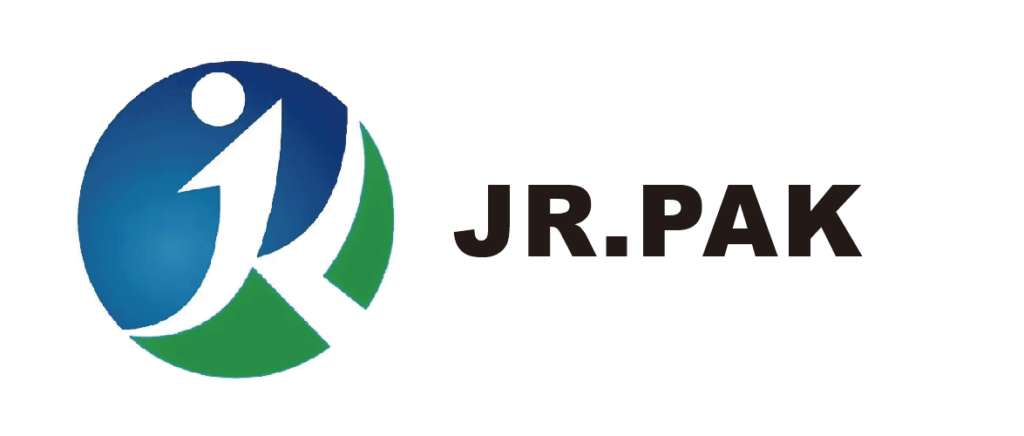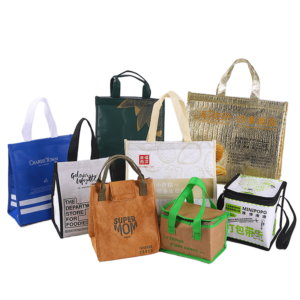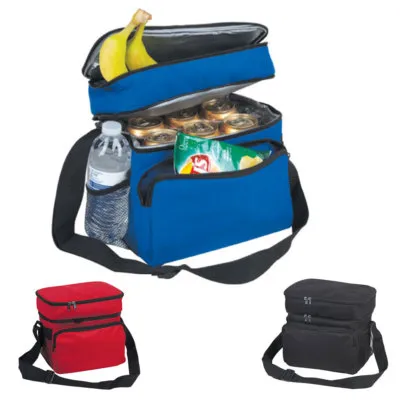Seasonal demand fluctuations can disrupt supply chains if not properly managed. This article explores eight actionable strategies for PP woven bag manufacturers[^1] and distributors to maintain supply stability[^2] and customer satisfaction throughout seasonal cycles.

Managing seasonal demand for PP woven bags requires proactive forecasting, agile inventory[^3], and collaborative planning to avoid stockouts or overproduction.
Learn how to prepare your operations for peak seasons and smooth out supply variability.
Accurate Demand Forecasting
Forecasting helps predict demand patterns using data analytics and market trends.

Turning Past Data into Predictive Power
PP woven bag demand often aligns with seasonal agricultural needs, retail events, or logistics trends. Reviewing sales from previous years and applying predictive software allows businesses to create more reliable sales projections. Factors such as crop cycles, promotional campaigns, or regulatory deadlines can all affect buying patterns.
Key Forecasting Tools
| Tool / Method | Purpose |
|---|---|
| Historical sales analysis | Identifies recurring seasonal trends |
| Predictive analytics | Models future demand scenarios |
| Industry trend reports | Aligns with external market movements |
By starting early, brands reduce last-minute scrambling and ensure better supplier and labor alignment.
Flexible Inventory Management
Adaptable inventory systems can adjust to seasonal changes without overstocking.

Staying Lean Yet Ready
Using techniques like ABC segmentation or dynamic safety stock levels allows businesses to prioritize inventory based on value, lead time, or volatility. This way, faster-moving seasonal SKUs receive higher inventory buffers, while slower items stay lean.
Inventory Segmentation Approach
| Segment | Inventory Strategy |
|---|---|
| High demand | Maintain higher safety stock |
| Low volatility | Use standard reorder thresholds |
| Long lead time | Build stock early |
Dynamic inventory systems also help reduce holding costs while ensuring responsiveness during spikes.
Supplier Collaboration
Strong communication with suppliers ensures smoother seasonal transitions.

Aligning on Volume and Timing
Sharing forecast data and order timelines with suppliers weeks or months in advance prepares them for capacity adjustments. Negotiating flexible contracts—like tiered volume pricing or just-in-time delivery options—gives room to scale production without pressure.
Supplier Coordination Checklist
| Action | Benefit |
|---|---|
| Share seasonal forecasts | Prevents shortages or delays |
| Negotiate staggered delivery | Optimizes warehouse space |
| Establish escalation paths | Ensures quick response if needed |
Collaborative planning builds trust and leads to more reliable supply during high-stress periods.
Early Production Planning
Proactive manufacturing scheduling prevents delays during peak months.

Building in Production Flexibility
Seasonal peaks in demand, especially in agriculture and logistics, require earlier production starts. Businesses benefit from producing in advance, storing buffer stock, and planning secondary production runs for high-volume items.
Production Planning Timeline
| Period | Activity |
|---|---|
| 3–6 months ahead | Forecast analysis and raw materials |
| 2 months ahead | Finalize production schedules |
| 1 month ahead | Begin inventory build-up |
Early planning also allows time for troubleshooting quality or design issues before customer demand peaks.
Custom Packaging and Branding Adjustments
Seasonal branding increases product appeal and boosts short-term demand.

Branding as a Demand Lever
Special edition packaging, holiday-themed prints, or event-specific messaging can stimulate sales and justify holding additional inventory. This approach not only aligns your product with seasonal interest but can also differentiate it from competitors.
Seasonal Customization Ideas
| Adjustment | Seasonal Purpose |
|---|---|
| Holiday-themed graphics | Boosts relevance and engagement |
| Limited-edition messages | Creates urgency and demand spikes |
| Themed color palettes | Enhances visual appeal |
Aligning branding with key dates (like harvest time or festivals) helps trigger consumer purchase behavior.
Technology Integration
Software tools streamline planning and decision-making during busy periods.

Digital Inventory for Smarter Scaling
Inventory management platforms with real-time data help identify fast- or slow-moving SKUs, automate reorder points, and manage warehouse space more efficiently. Integrated demand planning modules connect forecasting, purchasing, and production schedules.
Tech Tools to Consider
| Tool Type | Key Functionality |
|---|---|
| ERP systems | End-to-end process visibility |
| Inventory planning tools | Forecast-driven reorder automation |
| Warehouse management software (WMS) | Efficient stock movement tracking |
Automation reduces errors and lets businesses adapt faster to real-world conditions.
Workforce Scalability
Temporary staffing plans ensure fulfillment during demand spikes.

Staffing for Peak Performance
Seasonal demand often outpaces the capacity of full-time teams. Hiring and training temporary workers in advance gives teams time to integrate and perform efficiently during rush periods. Alternately, offering flexible work schedules helps retain skilled workers longer.
Labor Management Tactics
| Strategy | Benefit |
|---|---|
| Pre-training temps | Faster ramp-up during busy weeks |
| Flexible shifts | Reduces burnout, covers more hours |
| Cross-functional teams | Maximizes production output |
Matching workforce capacity to production plans ensures timely delivery and reduces overtime costs.
Continuous Improvement and Review
Learning from past performance improves future seasonal readiness.

Close the Loop with Post-Season Analysis
Once the peak season ends, review actual sales vs. forecasts, inventory performance, and supplier reliability. These insights help refine planning for the next cycle and build more resilient systems over time.
Post-Season Evaluation Metrics
| Area to Review | Improvement Focus |
|---|---|
| Forecast accuracy | Adjust models and inputs |
| Inventory turnover | Optimize reorder thresholds |
| Supplier lead times | Renegotiate terms if needed |
This habit ensures consistent growth and stronger alignment with market shifts year after year.
Conclusion
Managing seasonal demand for PP woven bags takes more than guesswork—it requires detailed planning, strong communication, and adaptive systems. These eight strategies can reduce risk, increase responsiveness, and maintain high service levels.
At JiaRong Packing, we've supported brands through busy seasons with reliable production and custom solutions. If you're preparing for your next peak, let us know in the comments—we’re ready to help tailor a strategy for your needs.
---
[^1]: Explore strategies specifically tailored for PP woven bag manufacturers to enhance supply chain efficiency.
[^2]: Learn effective methods to ensure supply stability amidst fluctuating seasonal demands.
[^3]: Discover the principles of agile inventory management and its benefits for seasonal demand.








